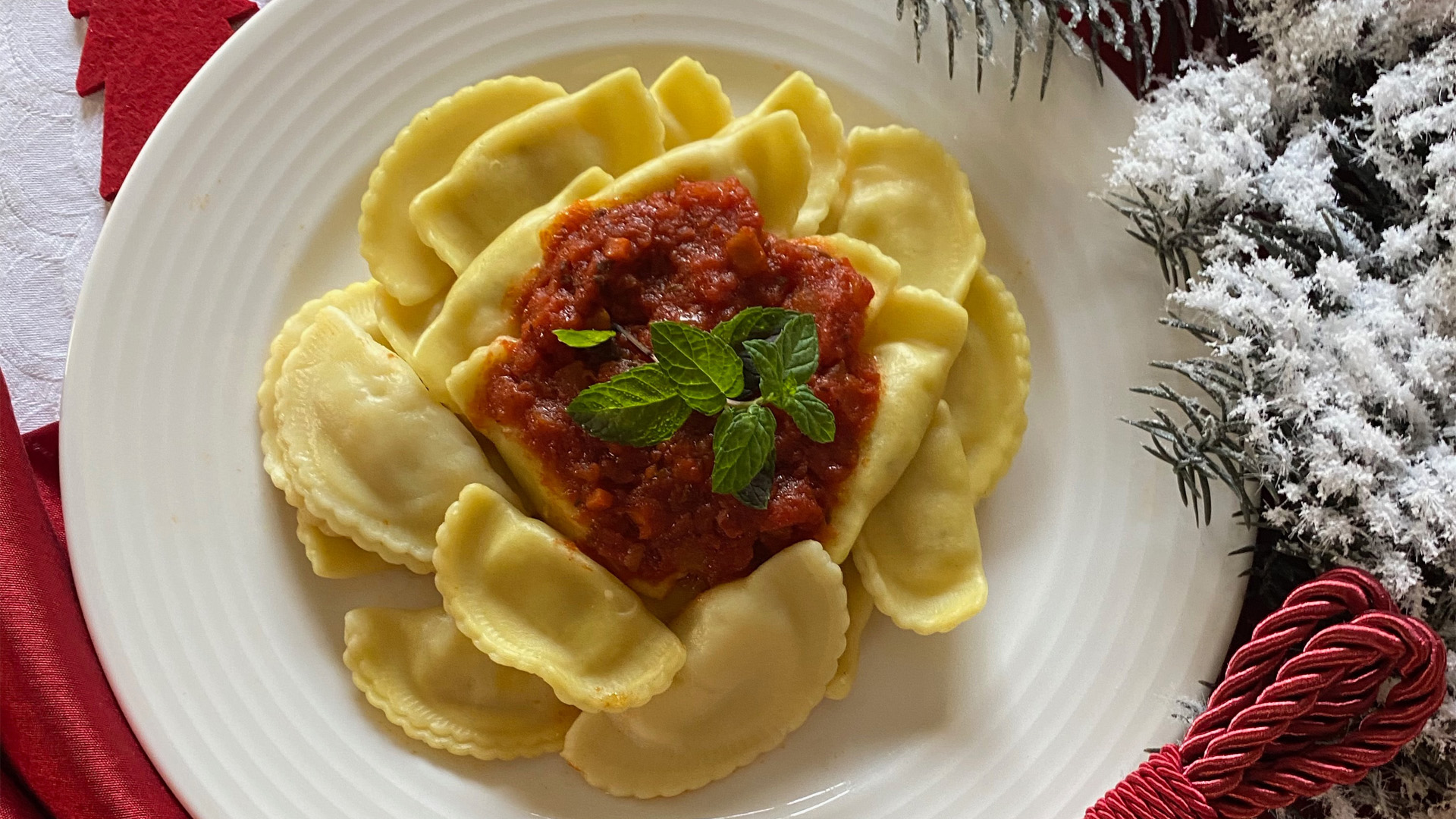Today is National Ravioli Day and who doesn’t crave one of Italy’s most beloved stuffed pastas. Whether filled with meat, cheese or vegetables, ravioli or “little turnips” are a staple in Italian cuisine. They can be enjoyed in your favorite tomato sauce or broth depending on your craving that day. No matter what kind of ravioli you prefer, here is a brief history of the pasta that you can also enjoy!

The History of Ravioli
It’s unknown when ravioli were created however, 14th century personal letters point to when they could have been invented. Francesco di Marco Datini, a merchant from Prato, wrote in his manuscript called “Libro per cuoco” about a ravioli recipe that includes chopped blanched green herbs, fresh cheese, and beaten egg, then simmered in broth. In King Charles II recipe books found in England, there is also mention of “rauioles,” that are believed to be the recipe for traditional ravioli.
In the Encyclopedia of Pasta, written by Oretta Zanini De Vita, ravioli was first enjoyed by the Italian aristocracy of Milan and Mantua in the 15th century. The simplicity and accessibility of ravioli made its way to rural Italy and a filling dish that could be made at home. In 16th century Rome, Bartolomeo Scappi served ravioli during the papal conclave of 1549. Before tomatoes were introduced in Italy from the new world, ravioli was commonly served “al brodo” or in broth.
There are debates regarding the origin of ravioli and if it came from Northern or Southern Italy. Many food historians suggest ravioli originally from Sicily and Malta called “ravjul” are the oldest variation. In Malta, ravioli are filled with “irkotta”, the locally produced sheep's-milk ricotta, or with “gbejna”, the traditional fresh sheep's-milk cheese.

(Photo Credit: Kitchn.com)
Fun Facts about Ravioli
AJ Forrisi
Assistant Editor for America Domani, AJ Forrisi is a Brooklyn-based writer and photographer. His work focuses on food, travel, sports, landscapes, and urban scenes. You can find him on Instagram @aj.photo.works.

